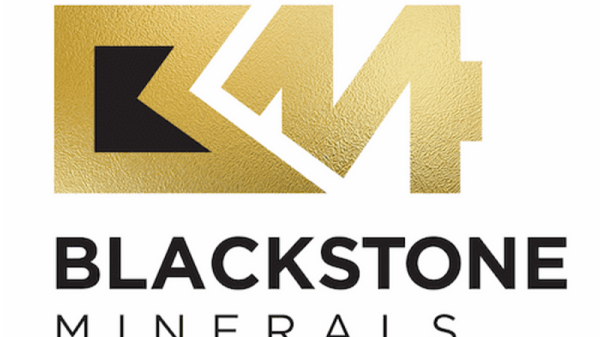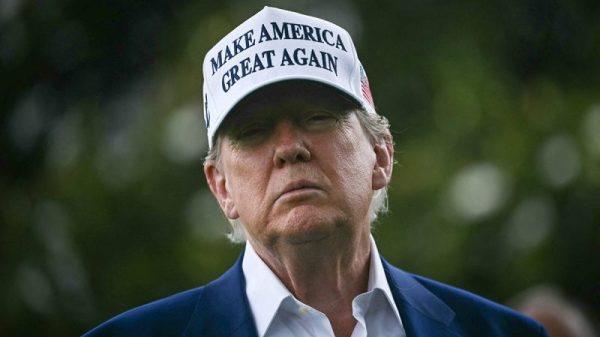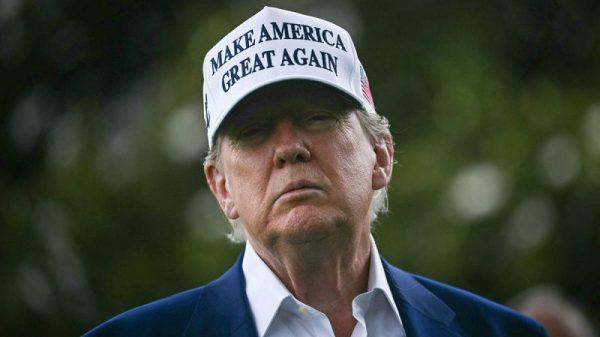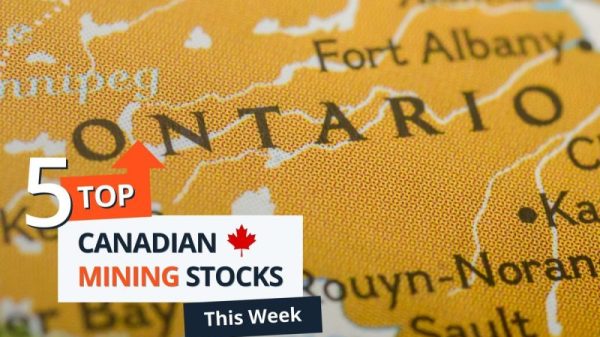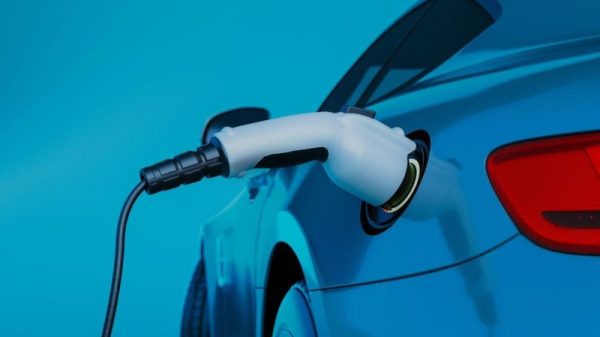Wind power is vital to help decarbonize the energy industry. However, while the electricity it generates has a small carbon footprint, the towers of conventional wind turbines are predominately made using carbon-intensive materials like steel. Swedish company Modvion believes it has found a greener alternative — building turbine towers from wood.
Almost two tons of carbon dioxide are emitted for every ton of steel manufactured, and a modern onshore wind turbine “contains around 120 metric tons of steel per megawatt of capacity,” according to industry group WindEurope.
Instead of steel, Modvion uses laminated veneer lumber (LVL), made from multiple layers of wood stuck together with adhesives. The LVL boards are manufactured into modules which are then transported and assembled into cylinders on site, before being stacked on top of each other, and joined with glue, to create a tower.
The company says it uses Scandinavian spruce wood sourced from reforestation-certified sustainably managed northern forests in Sweden, and a typical tower uses between 300 to 1,200 cubic meters of wood.
According to Otto Lundman, co-founder and CEO of Modvion, using wooden towers reduces the lifecycle emissions of a wind turbine by over 25%, and by 90% if you only compare the tower component of the turbine.
He adds that if you take into account the carbon dioxide absorbed by trees when they grow, the wooden towers can be considered to store more carbon that they emit. However, some researchers dispute the idea that building with wood can be carbon neutral.
“Changing the perspective on wood”
Modvion was founded in 2016 by Lundman and architect David Olivegren, and four years later, with some funding from the Swedish Energy Agency, Modvion launched a prototype 30-meter tower on Björkö island, Sweden.
In 2023 the company installed its first commercial two-megawatt unit, a 105-meter-high (345 feet) wooden turbine tower, called Wind of Change, outside Skara, Sweden, for electric utility company Varberg Energi.
Besides the environmental benefits, Lundman says laminated wood has several logistical advantages. Wood has a higher strength per weight than steel, and tall steel towers need extra enforcement to hold their own weight, unlike wooden ones. That means Modvion’s towers can be 30% lighter than a steel one, according to Lundman.
The towers’ modular design means they can be transported using standard trucks and roads, and once the turbine is decommissioned, the wood can be taken down to be reused in the construction industry as high-strength beams. The company says that over time, its towers are cheaper than steel ones, with taller towers giving bigger savings.
“We hope and we are seeing that we are changing the perspective on wood as a material,” says Lundman. “This is really nature’s carbon fiber, green steel that grows. It should be used a lot more.”
Testing the towers
Dr. Abbas Kazemi Amiri, from the Wind Energy and Control Centre at the University of Strathclyde, Glasgow in the UK, who is unrelated to Modvion, says that while wood has significant potential, there are many unknowns about laminated wood that could cause concerns.
“Unlike steel, concrete, and synthetic composites, which have undergone extensive mechanical and fatigue testing over decades, this type of novel laminated wood lacks such comprehensive testing,” says Amiri. “Conducting thorough tests in the future will be crucial for the widespread commercialization of wooden towers.”
He adds: “The mechanical properties of wood can change with environmental conditions, potentially impacting the behaviour of wooden towers … Further research is needed to address these uncertainties.”
Lack of existing research and guidelines into the use of wood for giant structures like wind turbines were Modvion’s biggest challenges, says Lundman.
“We’re designing our towers that correspond to the standards in both wind power and wood construction,” he explains. “But in wind power standards, wood is not really considered for the towers, it’s mostly steel and concrete. And in the wood construction standards, they don’t really get into the kind of dynamically loaded structure that a wind power machine is.
“Hence, we needed to bridge this gap, and we’ve done a lot of testing of all the various parts in our towers to prove by showing in reality how these components work [over the] life of a turbine.”
Modvion towers are coated with a thick, waterproof paint, and like steel towers, they have a lifetime of 25 to 30 years, according to the company.
Currently, Modvion is in the design phase for its first six-megawatt turbine, which will be installed next year. By 2027, it aims to start commercial production of the turbine in a new factory.
While the company is only focusing on the tower component, Lundman says turbine blades — which are traditionally manufactured from fiberglass bound together with epoxy resin, an incredibly strong material that is difficult and expensive to recycle — could also be made with wood.
Other start-ups have begun to tackle this issue, including German company Voodin Blades, which makes turbine blades from LVL, which it says are completely biodegradable.
“Wind power is one of the most attractive renewable energy sources that we have,” says Lundman. “By enabling taller, more efficient towers both from an emissions and cost perspective, we make them even more attractive.”



